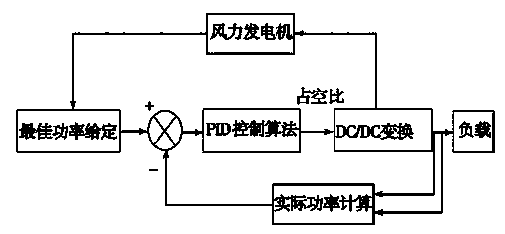Self-adaptive wind-solar complementary heating system
A heating system, wind-solar complementary technology, applied in photovoltaic power generation, photovoltaic modules, photovoltaic power stations, etc., can solve the problems of households unable to adjust the heat, severe groundwater restrictions, and high cost, so as to improve the effective sunshine time and work efficiency, avoid Effective utilization, ensuring the effect of power generation efficiency
- Summary
- Abstract
- Description
- Claims
- Application Information
AI Technical Summary
Problems solved by technology
Method used
Image
Examples
Embodiment Construction
[0011] Referring to the accompanying drawings, through the description of the embodiments, the specific embodiments of the present invention include the shape, structure, mutual position and connection relationship of each part, the function and working principle of each part, and the manufacturing process of the various components involved. And the method of operation and use, etc., are described in further detail to help those skilled in the art have a more complete, accurate and in-depth understanding of the inventive concepts and technical solutions of the present invention.
[0012] A wind-solar complementary adaptive heating system, such as figure 1 As shown, the system includes a wind turbine, a photovoltaic power generation module, a controller, a booster unit, a storage battery and a load. The input terminals of the wind turbine generator and the photovoltaic power generation module are connected to the controller, and the output terminal of the controller is connected...
PUM
 Login to View More
Login to View More Abstract
Description
Claims
Application Information
 Login to View More
Login to View More - Generate Ideas
- Intellectual Property
- Life Sciences
- Materials
- Tech Scout
- Unparalleled Data Quality
- Higher Quality Content
- 60% Fewer Hallucinations
Browse by: Latest US Patents, China's latest patents, Technical Efficacy Thesaurus, Application Domain, Technology Topic, Popular Technical Reports.
© 2025 PatSnap. All rights reserved.Legal|Privacy policy|Modern Slavery Act Transparency Statement|Sitemap|About US| Contact US: help@patsnap.com


